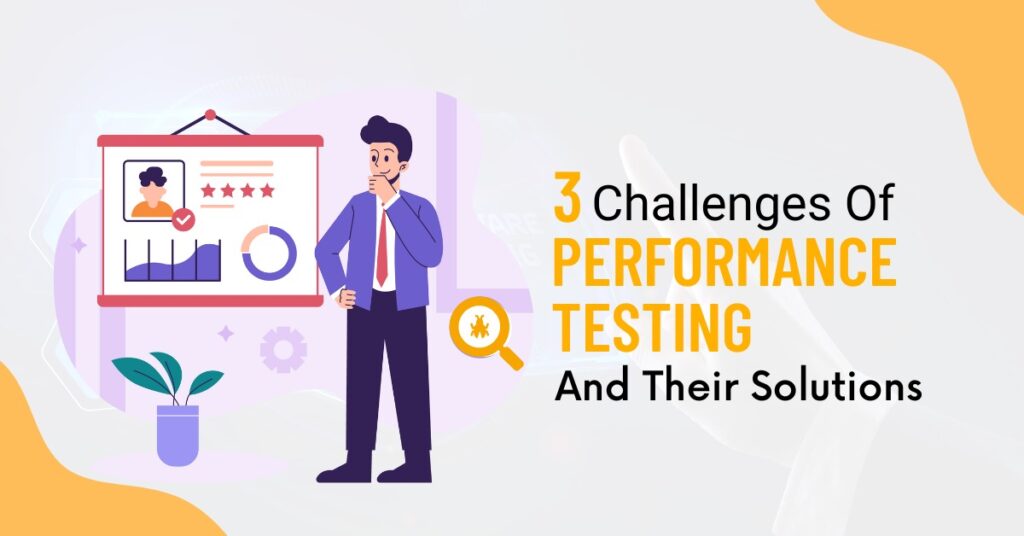
In the post-pandemic world, every organization has accelerated its development velocity to match the growing demand of the market. To sustain the competition; they are turning to technological advancement like cloudification, microservice, and shifting left to achieve their respective goal. Moreover, global uncertainty is affected by the tectonic shifts in the development and testing journey.
Here we have listed 3 significant challenges and the best-suited solutions we can have.
Challenge 1: Test Result Reporting and Monitoring
In this competitive market, flawless coding has become a norm. With limited resources; it is a challenge in this competitive market to provide high-quality software to customers. The QA team can only help when they can run the test and analyze the test result in real-time. It is a very tedious process to check the audit logs and code-based results and engineers may not understand the issues as well.
Solution:
The engineers will get help when an automated testing tool pulls reports and delivers results that are clear and comprehensive. When error metrics like response time and error rates are displayed, it will be easy for the team to investigate them. So it is advisable to get a tool that will integrate with the APM solutions that will bring out a granular view of events.
Challenge 2: Managing Traffic Load without Hampering User Experience
Testing is generally divided into two sections backend which deals with loads, performance, and memory, and the frontend which finds out the screen appearance. To ensure maximum user experience; it is important to understand what the user will experience on the screen under heavy load.
Solution:
Using open-source Taurus, it is possible to run a Selenium test concurrently with a load test and combine the results into a single report. Engineers and testers can see the user’s perspective in the report when their website is experiencing high traffic. Teams can decide if they want to modify their user interface (UI) in some situations based on the results.
Challenge 3: Securing API
In recent years, the frequency and sophistication of cyber threats is growing every day. The attackers target vulnerable API to access organizational sensitive information like financial data, and secret and personal records. Factors like broken authorization, code injection, insufficient logging, and excessive exposures are API vulnerabilities that may be manipulated by hackers.
Solutions:
In the present time, risk mitigation is not the concern of the security team as the whole security is shifting left; developers and DevOps are also sharing the responsibility altogether. It is important to include API security testing in the API test workflow to validate the security policy enforcement which is a part of API gateway security. It will eventually identify the abnormal hits per second which is an indicator of an attack.
In conclusion part, we can say that code quality is the main factor to make a product successful and widely adopted. All of these 3 factors will impact the quality of code in different ways. You have to take care while selecting the right testing tools, strategy, and performance testing service team so that you can deliver products with high-quality features and ensure business stability.


